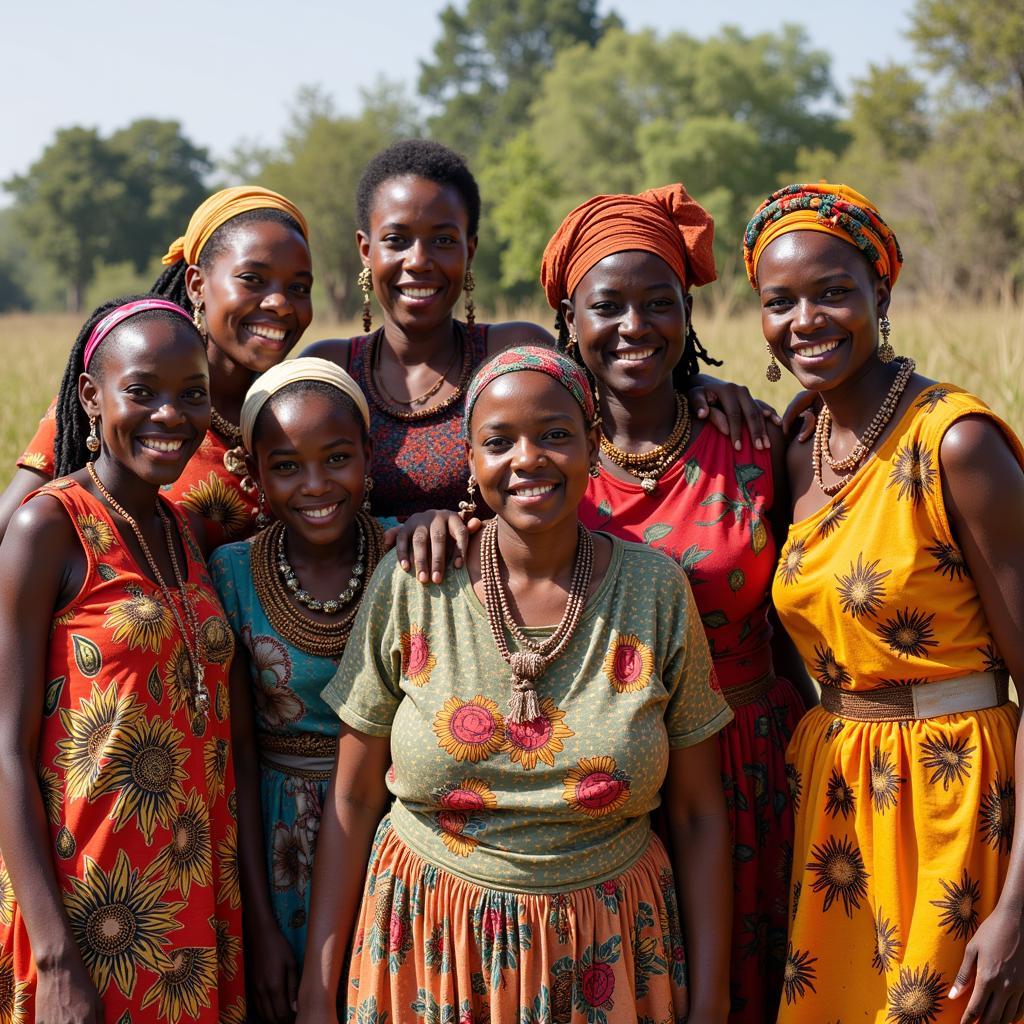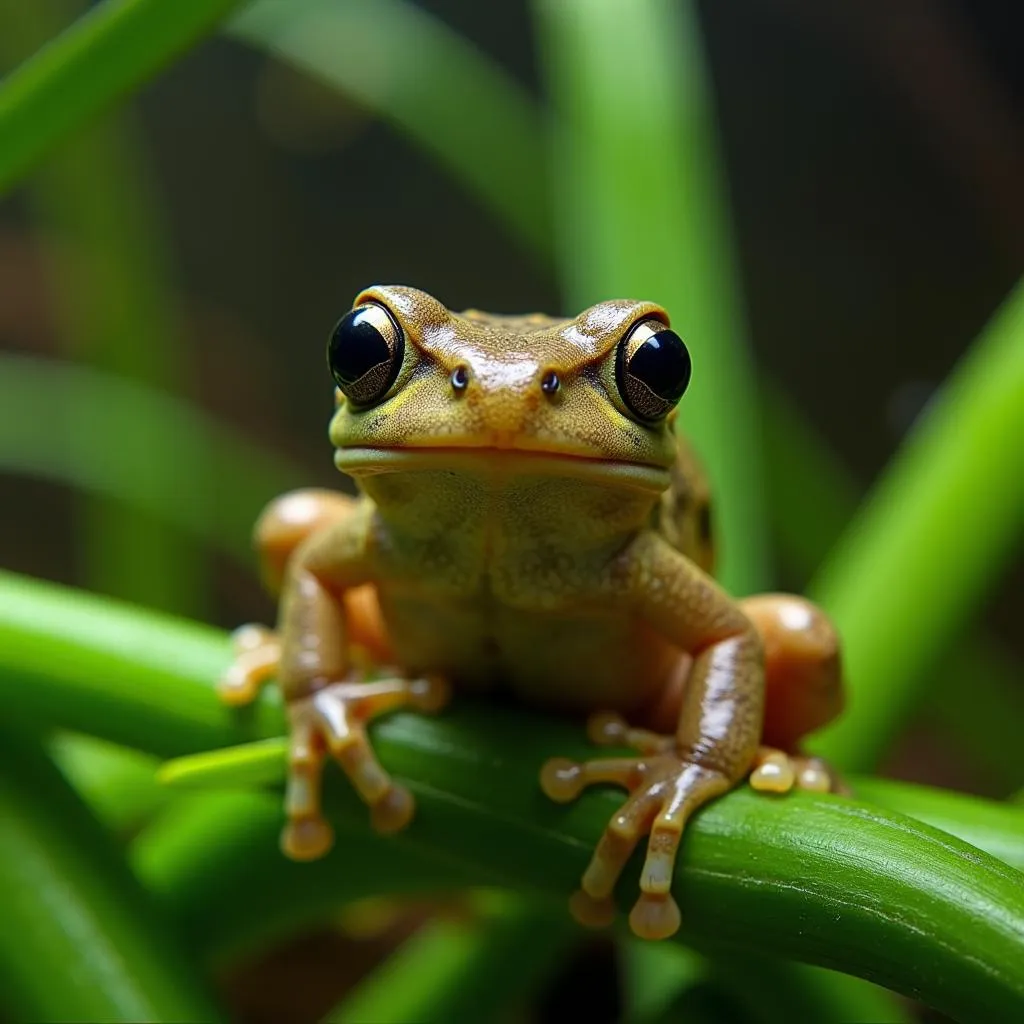African Dance Names List: A Rhythmic Journey Across the Continent
African dance is more than just movement; it’s a vibrant tapestry woven with stories, rituals, and the heartbeats of a continent. This “African Dance Names List” aims to guide you through the diverse world of African dance, exploring its rich history and cultural significance. From the energetic Adowa of Ghana to the graceful Indlamu of South Africa, each dance tells a unique tale. Discover the power and beauty behind these rhythmic expressions.
Unveiling the Magic Behind African Dance Names
African dance names often reflect the dance’s purpose, the community it represents, or even the rhythms that drive its movements. Understanding these names provides a deeper appreciation for the cultural context of each dance. Many dances are deeply connected to spiritual beliefs, historical events, and daily life, reflecting the rich heritage of the continent. The names themselves often hold clues to these connections. For example, some names might evoke the spirits of ancestors, while others might celebrate the harvest season.
After this introductory overview, let’s delve deeper into specific dance forms across Africa. Are you ready to embark on a rhythmic journey? Let’s explore the “african dance names list.” What you’ll find is not simply a list, but a gateway to understanding the heart of African culture. This journey will introduce you to some of the continent’s most captivating rhythmic expressions, revealing the stories, traditions, and cultural significance embedded within each movement.
More than just entertainment, these dances play a vital role in social cohesion, spiritual expression, and the preservation of cultural heritage. They are a powerful testament to the resilience, creativity, and vibrant spirit of the African people. For a related topic, consider checking out African American Barbie Name.
Exploring Regional Variations in African Dance: An “African Dance Names List” by Region
The vastness of Africa results in a beautiful array of dance styles, each unique to its region. Let’s explore some key areas and their signature dances.
West African Rhythms:
- Adowa (Ghana): A celebratory dance performed during festivals and important occasions.
- Agbadza (Ghana): A war dance, now often performed during social gatherings.
- Yankadi (Guinea): A high-energy dance, expressing joy and celebration.
East African Movements:
- Eskista (Ethiopia): Known for its distinctive shoulder movements and rhythmic footwork.
- Mdundiko (Tanzania): A vibrant dance performed during festivals and celebrations.
Southern African Traditions:
- Indlamu (South Africa): Performed by Zulu warriors, emphasizing strength and agility.
- Gumboot Dance (South Africa): Originating from the mines, using wellington boots to create rhythmic sounds.
For those interested in exploring more naming conventions within African culture, you might find the Most Popular African Names article insightful.
What are the Most Popular African Dance Styles?
This is a common question, and while popularity can vary, some dances have gained international recognition. These include dances like the Indlamu, the Gumboot Dance, and various West African dances like the Adowa and the Agbadza. These dances have transcended borders and become symbols of African culture worldwide.
How Do African Dance Names Reflect Cultural Values?
African dance names often encapsulate core cultural values. They might refer to ancestral spirits, historical events, or important social rituals. By understanding the meaning behind the names, we gain insight into the beliefs and traditions of the communities that created these dances. A fascinating example of this is the gumboot dance, which you can read more about in African Dance Battle.
Conclusion: The Enduring Legacy of African Dance
From the “african dance names list” explored here, it’s evident that African dance is a powerful expression of cultural identity. These dances are not merely entertainment; they are living traditions that connect generations, celebrate life, and tell the stories of a continent. By continuing to learn about and appreciate these dances, we contribute to the preservation of a rich cultural heritage.
FAQ:
- What is the significance of African dance?
- How do African dance names relate to their meaning?
- Are there different styles of African dance?
- Where can I learn more about African dance?
- What are some common instruments used in African dance music?
- How does African dance reflect the history of the continent?
- What is the role of costumes in African dance?
Scenarios:
- Scenario 1: You’re planning a cultural event and want to include authentic African dance. Use this “african dance names list” to research different styles and choose one that fits your theme.
- Scenario 2: You’re traveling to Africa and want to experience the local culture. This list can help you identify specific dances to look for in different regions.
- Scenario 3: You’re a student researching African culture. This list provides a starting point for exploring the rich traditions of African dance.
Further Exploration:
Consider exploring other related articles on our website such as African Female Dog Names and the previously mentioned African Journal of Biotechnology Predatory for more insights into diverse aspects of African culture.
Need assistance? Contact us 24/7: Phone: +255768904061, Email: kaka.mag@gmail.com, or visit us at Mbarali DC Mawindi, Kangaga, Tanzania.


